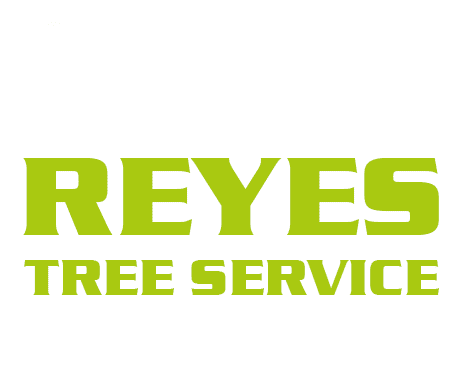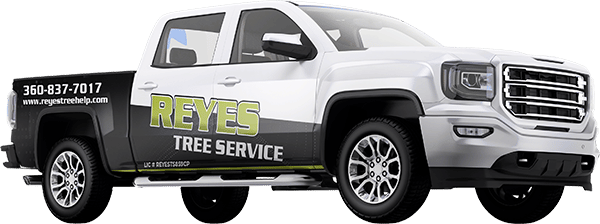When the weather gets extreme, it can leave a trail of damage in its wake. Severe storms can lead to downed trees, broken branches, and fallen limbs, which can all create hazardous situations that need immediate attention. This kind of damage can occur anywhere and anytime, and dealing with the aftermath of a storm can be challenging.
Even though storms can form during any month, their peak season unfolds during the spring and early summer months. Although climate change has led to a shift in weather patterns, extending the storm season to late June in some regions, the need for timely and safe handling of storm-damaged trees remains consistent.
When Trees Become a Storm Hazard
Downed trees in suburban areas can pose a number of dangers to your property, your vehicles, and even members of your family. Here are some of the main risks:
- Debris: When trees snap at the trunk or become uprooted through a combination of saturated soil and strong winds, they become dangerous sources of debris that can cause serious injury and considerable damage.
- Power line hazards: Households can be left without power for days after a serious weather event like a tornado. The electrical and fire hazards caused by fallen trees cannot be ignored.
- Road traffic hazards: Aside from the obvious delays caused by downed trees blocking thoroughfares, they also increase the risk of accidents.
- Structural damage: Most homes can withstand strong winds and hailstorms without issue, but severe damage from toppled trees and broken branches is common during severe storms.
It is in the best interest of all homeowners to avoid tree damage whenever possible. Taking steps to prepare your trees from storms can protect your property and family when a severe storm strikes.
Getting Your Trees Ready for Stormy Conditions
All of the storm hazards listed above can be prevented or mitigated through inspection, trimming, and removal. Trees that are dead or dying are more likely to fall in a windstorm; the same can be said about aging limbs that are weak or damaged. Large overhanging canopies are also problematic because they increase the risk of uprooting during storms. Paying attention to these issues and addressing them ahead of time will keep your family and property safer during storms.
For more information about what to do after a storm leaves downed trees or broken limbs on your property, contact a local professional tree service. Tree service professionals can offer tips and help you get your property ready for a storm. If you are in Vancouver, WA or the surrounding area, contact Reyes Tree Service LLC for tree removal and other services.





